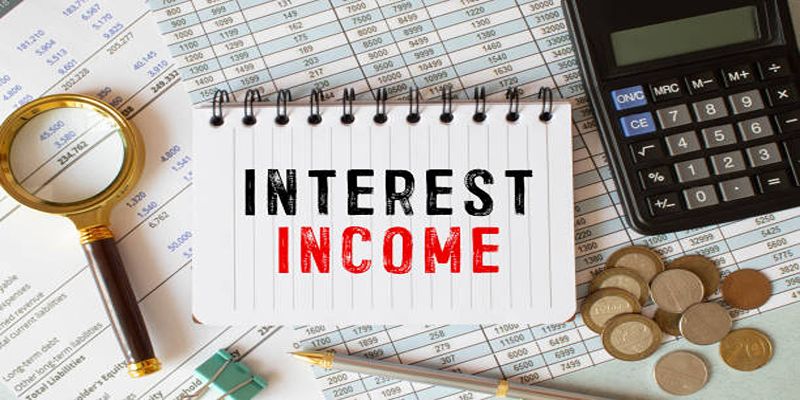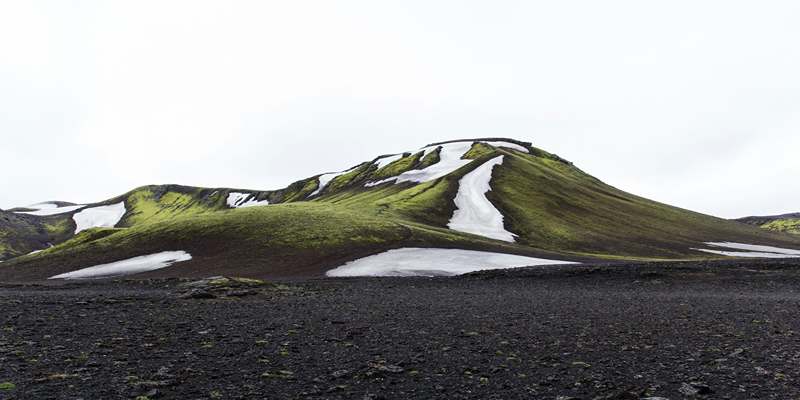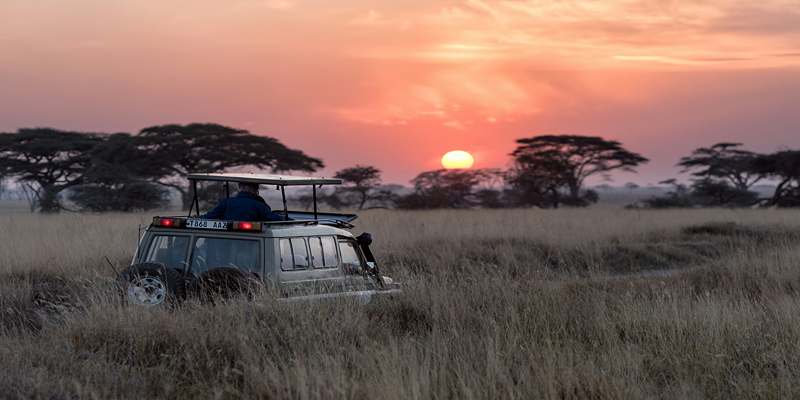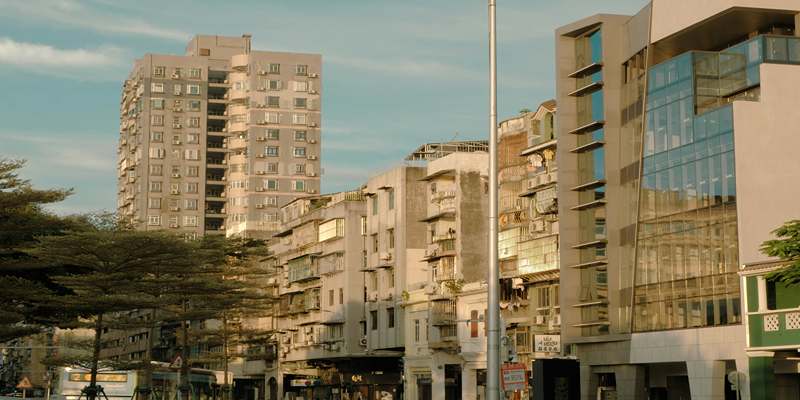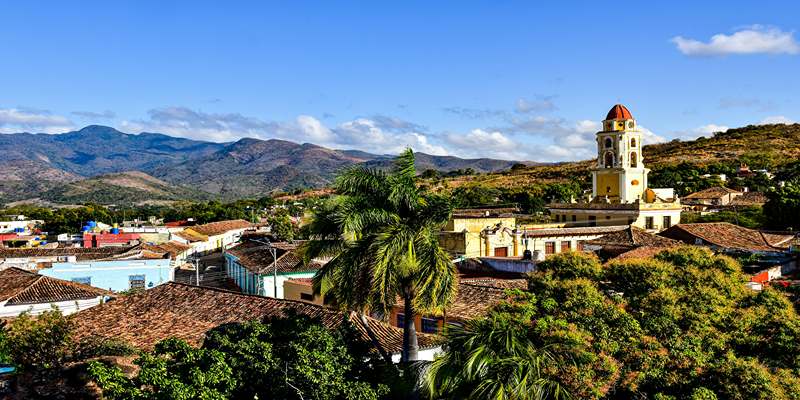Seeing Morocco’s different parts—from old cities and deserts to winding mountain paths—is easy when driving through the country. Travelers can use a rental car to leave the main tourist attractions behind and see special local places. Nevertheless, it’s important to know the norms of driving, what the roads are like, and what is required by law before getting into a vehicle. Getting ready beforehand allows you to drive in Morocco securely and with great enjoyment. In this guide, we explain Morocco car rental, give driving tips, and explain how to organize a calm journey. You’ll be ready for an amazing road adventure in Morocco by following these tips.
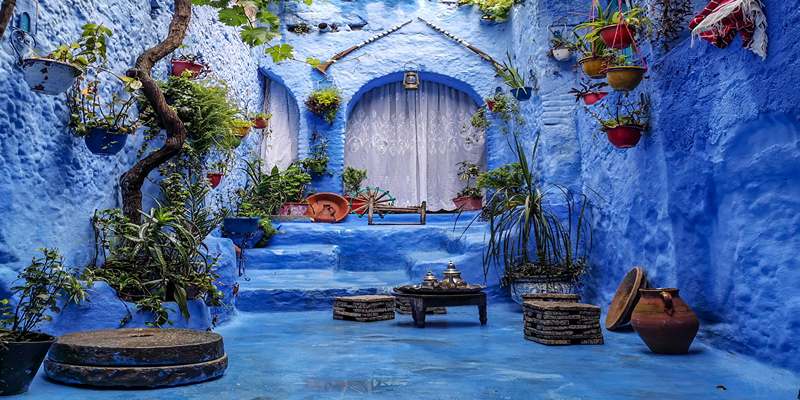
What to Know Before You Rent a Car in Morocco
Requirements for Morocco Car Rental
Moroccan car rental agencies usually need you to be at least 21 years old, but many will ask for 23 or 25 if you want to rent certain kinds of vehicles. If your driver’s license is in English or French, an IDP is not required by law; even so, it is advised. You should have a current passport and a payment card for the deposit and may also be asked for evidence of where you’ll be staying. Be sure to examine the agreement and inspect all the car’s visible areas for damage prior to signing to stop misunderstandings afterwards.
Types of Rental Cars and Insurance Options
In Morocco, you can rent cars that are excellent for city streets or cars strong enough to handle mountain and desert areas. If you are going to travel in distant parts, choosing a four-wheel-drive or high-clearance vehicle is a good idea. The usual insurance cover that companies offer is third-party liability. In most places, you can usually add collision damage waiver (CDW) or theft protection insurance to your booking. You don’t have to reserve a seat to travel, but it’s a sensible way to feel safe throughout the trip. Before you rent, confirm what the rental company provides and verify if your credit card gives you any car insurance.
Important Rules for Driving in Morocco
Road Signs, Speed Limits, and Driving Etiquette
Most Moroccan traffic signs are written in Arabic and French. You’ll see many speed cameras, and fines will be strictly given out. City drivers in Morocco are often forceful, so it’s a good idea to drive defensively. When using a roundabout, people yield to the left, and everyone brings out the horn to get another car’s attention. Being prepared for swift moves by other vehicles or people crossing out of nowhere is very important in busy places like souks or rural areas.
Police Stops and Required Documentation
Police checkpoints are common across Morocco, especially at city entrances and on highways. These stops are typically quick and polite. Drivers should always carry their passport, driver’s license, rental agreement, and vehicle registration. Not having these documents can result in fines or delays. Most police speak basic French or Arabic, so having a translation app can help. If stopped, remain calm, polite, and follow instructions. Occasionally, minor infractions like missing seatbelts may be penalized on the spot with small fines. Always ask for a receipt if you're required to pay a fine during your trip.
Navigating Moroccan Roads and Conditions
Road Types and Terrain Differences
Morocco’s road network includes everything from modern highways to rugged mountain passes. While roads between major cities like Marrakech and Fes are generally well-maintained, routes in the Atlas Mountains or Sahara can be narrow, steep, and uneven. Paved roads often turn into gravel in rural areas. During the rainy season, flash flooding can make roads temporarily impassable. Travelers should research their route beforehand and check for updates on weather or road closures. If planning to visit less-traveled regions, renting a 4x4 vehicle is advisable. Having a flexible schedule allows for safer decisions if road or weather conditions change.
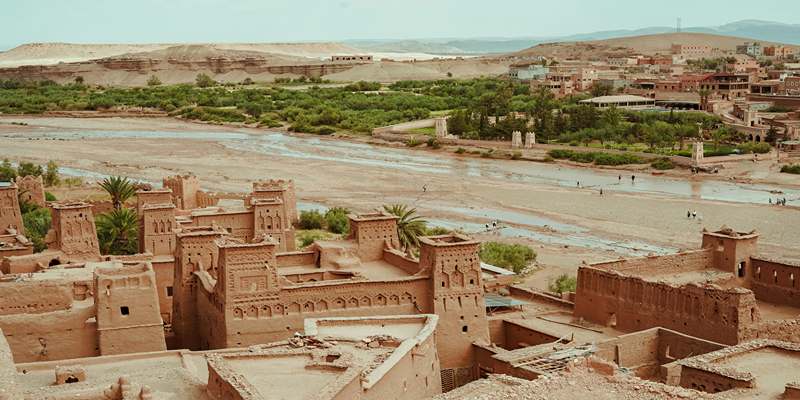
Using GPS and Navigation Apps While Driving
GPS navigation is generally reliable in Morocco’s main cities and highways. However, in rural or mountainous areas, signals can be weak or inaccurate. It’s wise to download offline maps using apps like Google Maps or Maps.me before your trip. GPS apps may occasionally mislabel roads or lead you through confusing detours, especially in medina areas, which are not car-friendly. Always verify directions with locals if unsure, and avoid relying solely on navigation apps for complex routes. Having a printed map or route overview can serve as a helpful backup when digital devices fail or lose signal.
Parking and Fueling Your Car in Morocco
Parking in Moroccan cities can be tricky, especially near medinas where space is limited. Look for paid public lots or hire a parking attendant to watch your vehicle. Most fuel stations are full-service and accept cash, though cards may not always be accepted. Diesel and unleaded fuel are available across the country. Keep your tank full when traveling through remote regions where fuel stations may be scarce or closed at odd hours.
Travel Tips for a Safe and Smooth Journey
Best Time to Drive and Routes to Take
You should go by road travel in Morocco in spring and fall. Early morning and late afternoon offer cooler driving conditions and less traffic. Scenic drives include the road to the Todra Gorges, the Atlas Mountains, and the coastal routes between Essaouira and Agadir. Plan your drives to avoid city rush hours and allow extra time for rest stops, photos, or unexpected detours. Always check your route in advance for updates on closures, construction, or traffic jams.
Staying Safe While Driving in Morocco
While Morocco is generally safe for drivers, it’s essential to stay vigilant. Avoid night driving, especially on rural roads, as street lighting can be limited and animals may cross unexpectedly. Always lock your vehicle when parked and avoid leaving valuables in plain sight. Carry bottled water, a first-aid kit, and an emergency contact list. Ensure your phone is charged and has a local SIM or roaming coverage. Know where the nearest repair shop or hospital is located, especially when traveling in remote areas. Finally, drive cautiously and enjoy the scenic beauty responsibly.
Conclusion
Renting a car and driving through Morocco opens up a world of cultural wonders and natural beauty. With proper planning, knowledge of road rules, and an understanding of local customs, travelers can experience the country in a more personal and flexible way. From navigating mountain passes to exploring vibrant cities, these driving and rental tips ensure a smooth and safe adventure. Take your time, drive carefully, and embrace the open road. Morocco awaits with scenic routes, historic sites, and unforgettable journeys at every turn.

